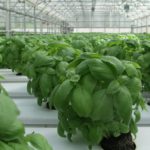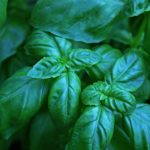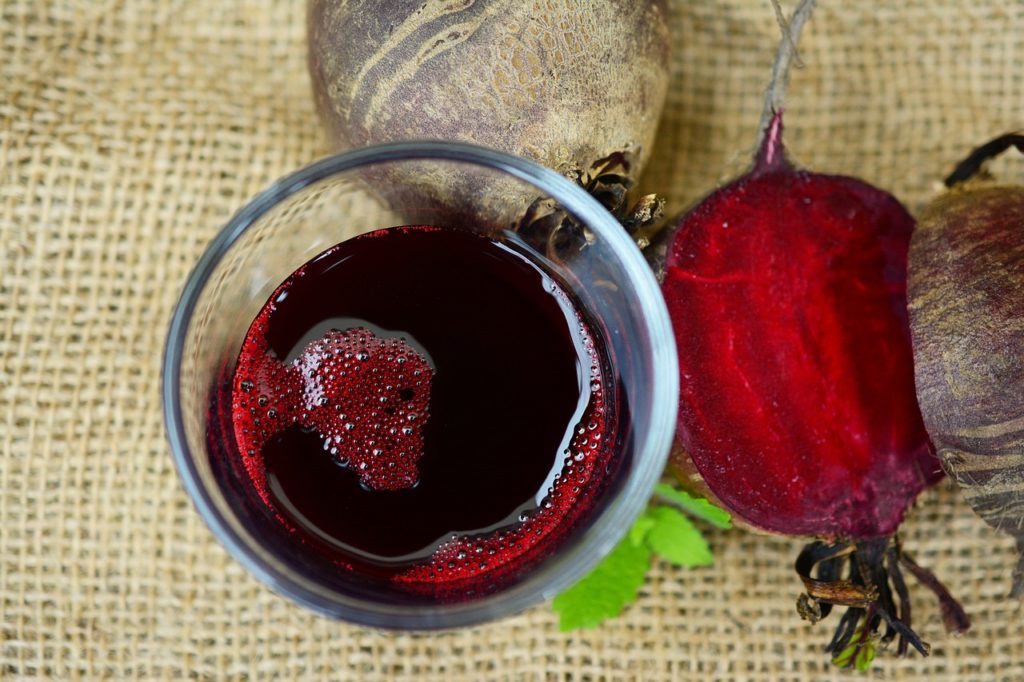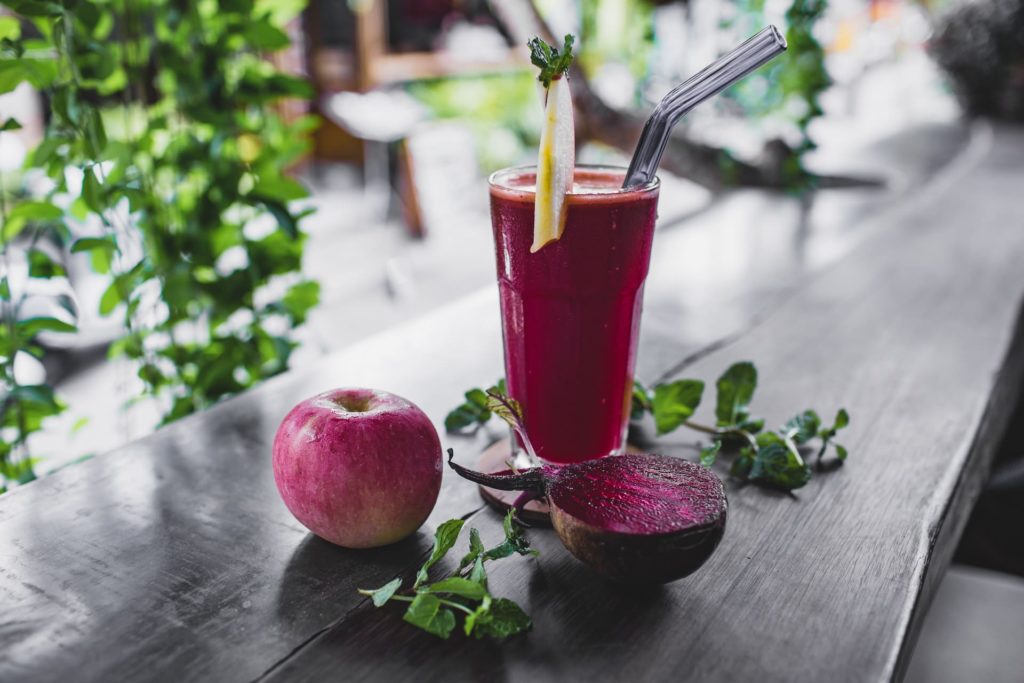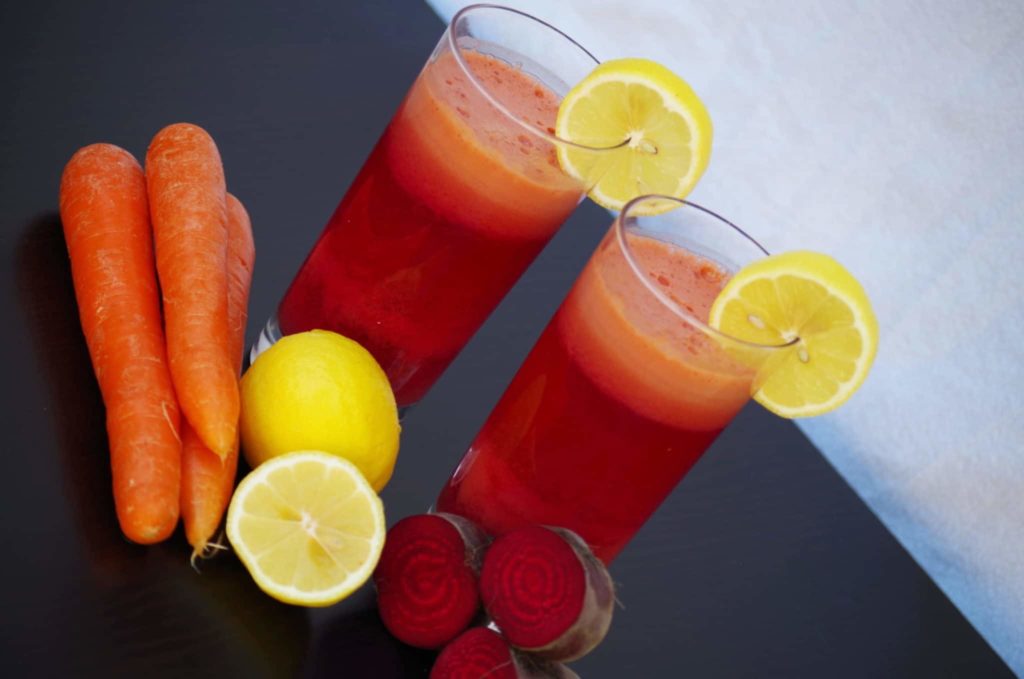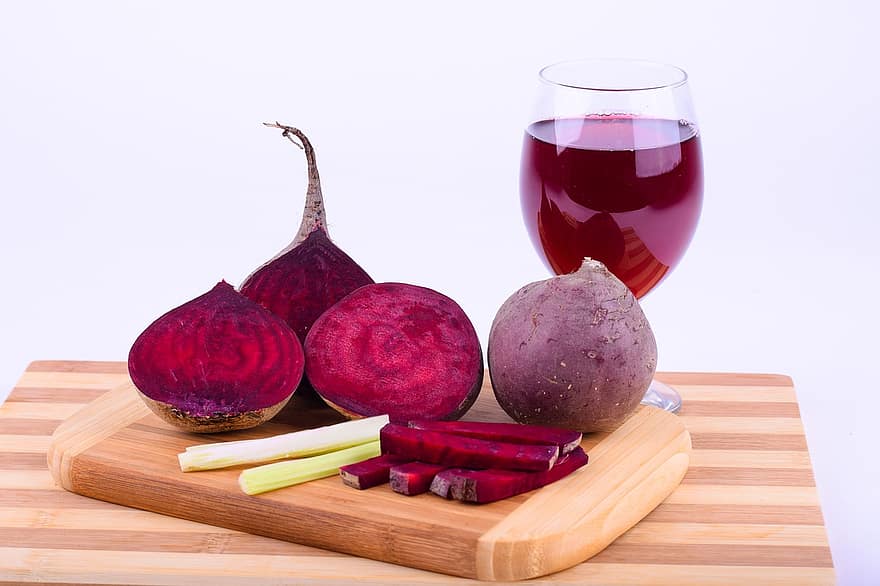The magical properties of basil are varied, ranging from culinary to health purposes. Basil may stimulate and soothe the stomach against cramps, indigestion, bloating, or gas. The aromatic effect of the herb also treats bad breath, while the juice from the leaves may speed up a cure for insect bites, stings, and more.
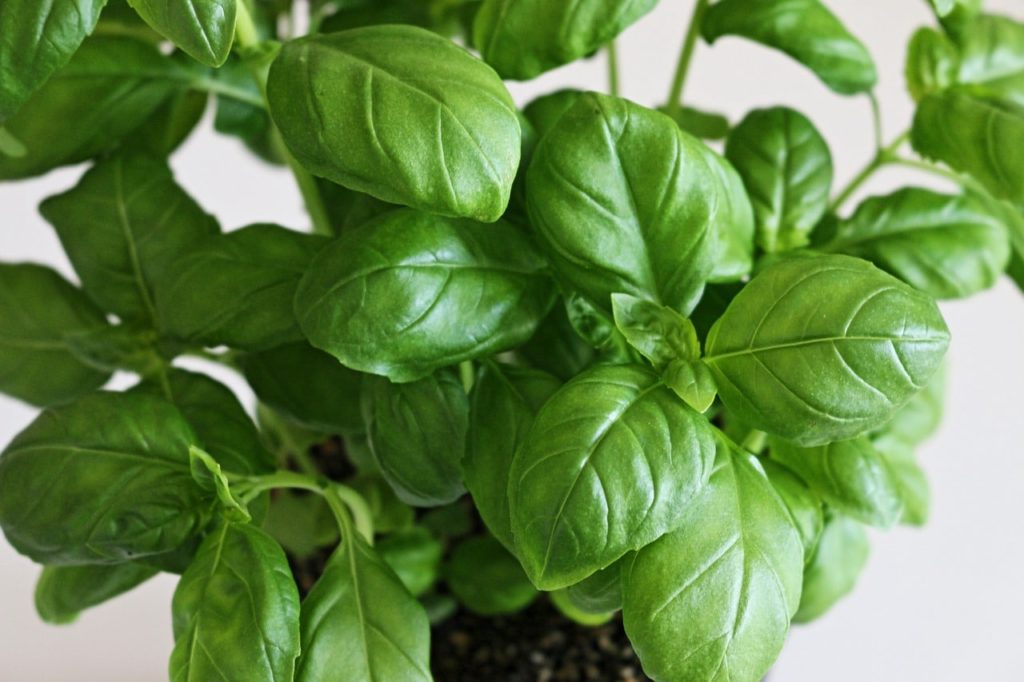
Basil is a flavorful green herb characterised by its leafy attributes, native to the continents of Africa and Asia. A member of the mint species, basil has several varieties globally. It is prevalent in the kitchen since it is used for seasoning recipes. However, you can also have this aromatic basil for supplements and teas for added health benefits.
The leaves from basil are the perfect skin aid that is utilised to protect yourself against insects. On the other hand, unlike sweet basil, you also have the holy basil that promotes the balancing of sugars in the body, a good health benefit for those diagnosed with diabetes. Moreover, it is also used to treat bronchitis, coughs, high cholesterol, and more.
In today’s post, you will learn about the varieties, harvest process, magical benefits, and healing attributes of basil, with a quick take on its history on the side. We’re more than excited to have you on this blog.
Varieties
You’ve read about sweet basil and holy basil, two of the herb’s varieties. But there is more to the list that you would want to know about.
Sweet basil
The most widely grown basil seems to be the most popular variety, used in several Italian recipes.
Bush or Greek basil
On the other hand, Greek basil, otherwise known as Bush basil, is noteworthy for its strong aroma yet mild flavour. This is the most widely recommended substitute for sweet basil. Greek varieties are known to produce compact bush attributed with small leaves and grow well in the pot.
Thai basil
More associated with Southeast Asian dishes, mainly Thai, this variety of basil is characterised by its anise-liquorice flavour.
Cinnamon basil
From Asia, there are basil varieties in Latin America, particularly in Mexico. Cinnamon basil has cinnamon-like attributes and aroma. It is served best in stir-fried vegetables, spicy dishes, and recipes with legumes.
Lettuce basil
Meanwhile, lettuce basil is known for having large, soft, and wrinkled leaves without giving away the distinctive liquorice-like basil’s flavour. Lettuce basil is used with salads tossed with olive oil and tomatoes in the kitchen.
History
With these varieties, before heading to the magical properties of basil in this article, you may conclude how basil is found in various parts of the world.
The presence of Asia in basil may give you an idea about the history of this herb. Known to many as Thai basil or sweet basil, it is part of the species and family of herbs, including sage, lavender, and rosemary, renowned ingredients in the kitchen.
The origins of basil are traced back to India, but it believed that it is cultivated for more than 5,000 years and has spread across the world. The origins may even be further east of India, with ancient historical records in the 800 A.D. suggesting that basil has been utilised in China’s Hunan region. Afterwards, the herb spread to the west, where it is grown indoors and in colder climates.
In the ancient Egyptian civilisation, basil was used to preserve the dead since research into the tombs revealed basil components within. Perhaps due to these uses, the herb has been a symbol of mourning for the dead in Greece. The term “basilisk on photon” is Greek for “magnificent” or “royal.”
Aside from being used in Indian medicine, basil, in Jewish traditions, carries deep symbolic and cultural meaning. In their folklore, the herb is a good source of nutrients for fasting. In Portugal, basil may be given to your lover or significant other on religious celebrations.
Propagation
Before we head over to the magical properties of basil, it is essential to first take a look at how the plant is propagated. There are three main approaches or steps: dividing plants from the grocery stores, cuttings, and seed sowing. Let’s begin learning about the first one.
Dividing the plant
To start, you will need a supermarket plant, a soil-based potting mix, scissors, pots with draining holes, and saucers.
First, you will need to gradually remove the plant from its original storage and place it on a clean table or surface. Using your fingers, the root ball must be pried in two halves. Divide these once more, cutting off the weaker shoots, so you are provided with two different clumps with three to four leafy shoots for each clump.
Then, it would help if you planted each clump in their respective containers with fresh soil for potting, which can be watered using lukewarm water. As you may well know, basil prefers to stay warm and moist, so watering it each day or so at one to two inches weekly will propagate them better. Propagation is essential to provide you with massive production.
You may now pour the water onto the soil, avoiding the leaves to prevent fungal-related problems. Dump the liquid that leaks through the drainage dish after each time you water. The plant then gets what it needs, letting the rest toward the drain, and remember, the plants must not sit on the soil waterlogged.
Lastly, place the pot under the sun right at the windowsill of your apartments or condominium units.
Cutting the plant
For this step in the propagation, you will need basil, fresh water in a glass, and the optional powdered rooting hormone.
Begin by trimming the basil leaves off by two inches from the step, but make sure you cut from its base. Then, place the trimmed cuts in clear glass with freshwater and find an area on a windowsill where it can get more sunlight.
What you can do is dip the bottom area of the basil stem into the water, then rolling it toward the small amount of the optional ingredient should you want to. However, you have to ensure that the amount of powder applied is not overdone, making sure that the end of the cutting is tapped to remove any chances of excess—that easy.
Sowing the seeds
Now we go to the part where you sow the seed. If you want to start germinating the plant, you may soak this overnight in the fourth cup of water at lukewarm temperature. Get started sowing one or two seeds from each pot, covering these with a fourth inch of your soil.
Once the seeds have germinated, or the plants have gone into the process, you can thin them or transfer them into various pots as you have planted these seeds, water the basil. There are planting enthusiasts who have used their children’s bath toys, which have lovely sprinklers for even watering. In that regard, you will not go over the amount of water.
Take note that basil does not require light to begin germinating. What it needs is a warm light that you can find around. Homeowners may also wrap plastic over the top portion of the plant, thus keeping the soil moist and warm as with the other propagation steps.
Take note that you have to remove the covering once the seeds begin sprouting. Germination takes two weeks, and once finished, the seedlings shall be provided with at least six hours of sunlight or lighting every day.
How Basil Is Harvested And Stored
Two of the most exciting processes that will make you appreciate the magical properties of basil even more is how it is harvested and stored.
Harvesting the basil
The basil that makes a good salad is harvested well and perfectly. It has been said that the ideal time for gathering the herb is when it has grown several leaves and has not begun to have flowers yet at the moment.
- If the basil has started to grow flowers, worry not because you can still harvest these leaves after the flowering of these plants since you might not get this large of your harvest.
- To begin harvesting these leaves, you may pinch off each leaf to attend to the mildew. These may pose issues during the harvesting, so you want to deal with them early on.
- Then, you must check on each leaf you are harvesting, discarding those that show signs of problems or leaves that are about to transform to brown or yellow.
Basil storage
Even if you have propagated or harvested the basil leaves, but without the proper storage, you may not be able to realise the magical properties of basil.
- Please keep them in the fridge, making sure they are scorched before having to store the basil leaves
- Remember that wet leaves may turn brown quicker than you may expect, so you can utilise a salad spinner to spin these leaves before storing them in the refrigerator.
- Allow them to stay in the fridge for a few days, and use your herb keeper to store these fresh leaves within.
- Flashing freezes each of the leaves on the cookie sheet for 20 minutes before placing them right into your freezer bag to avoid these sticking together.
- You may utilise herb freezer trays or smaller ice cube trays for freezing and storage if you want to make basil popsicles.
Magical Properties Of Basil
The discussions you have read above will help you amplify how you can maximise the magical properties of basil. But what could be these properties? Let’s zoom into each of these details to find out.
Ideal for digestion
The herb can fortify and strengthen the digestive system and the nervous system, making this a recommended healer of headaches, insomnia, and digestive tract problems. It has a keen ability to help keep the pH levels in the body in the right balance.
A powerful antioxidant
Fighting off cancer is one of the most significant advantages of basil over other herbs. It contains antioxidants in the category of water-soluble flavonoids. These components may strengthen your immunity, protect the cell’s structure, and delay the signs of skin ageing.
Great for skincare
These take us to another of its magical property, a great skincare product. Choosing to go natural when it comes to taking care of your skin will get you away from the ill-effects of harmful ingredients found in skincare products. Basil is best for treating skin impurities, helping remove dirt, and avoiding the clogging of the pores.
Diabetes management
This illness, diabetes, is one of the leading causes of death among individuals. Having a stash of basil in the kitchen readily available for the diet will help you prevent the effects of diabetes or prevent the risks altogether. Since the herb has a very low glycemic load, basil helps regulate cholesterol levels, allowing you to manage diabetes even better.
Healing Attributes Of Basil: Household, Culinary & Companion Planting
Basil is just the perfect kitchen companion since you do not only produce the most delicious meals for your family, but you also get a healthy ingredient.
Among the recipes you can make with basil are:
- Lime Basil Pie
- Spinach-Basil Lasagna
- Basil & Heirloom Tomato Toss
- Pesto, and more
The uses of basil for the household are many. Should you want to use basil in the kitchen, there are guidelines to follow.
Use running water and pat the basil dry during the rinsing. The leaves are the best ingredients for pizza or garnish for the dishes. Discard the stems and stalks since they taste bitter, but you may include the smaller stems in various recipes. Remove the large veins when turning the basil into sauce.
For the intensity of flavours, add fresh basil at the end phases of cooking. It is important to note that prolonged heating may cause the volatile oils of the herb to disintegrate. Dried basil must be processed right at the start of the cooking.
Growing Basil With Krostrade.com
Krostrade provides polytunnels for the avid basil grower. With the company’s wide array of markets in North America and Europe, you, as the customer do not need to worry about having the lack of products from the stock. Shop today, and get your desired products.
Polytunnels will provide an ideal environment for these basil plants to grow well. This provider of various equipment for households and businesses has a set of polytunnels you can choose from in the catalog. The magical properties of basil are at your fingertips with Krostrade. For more information, visit www.krostrade.co.uk.


